The Library Of Alexandria, Egypt
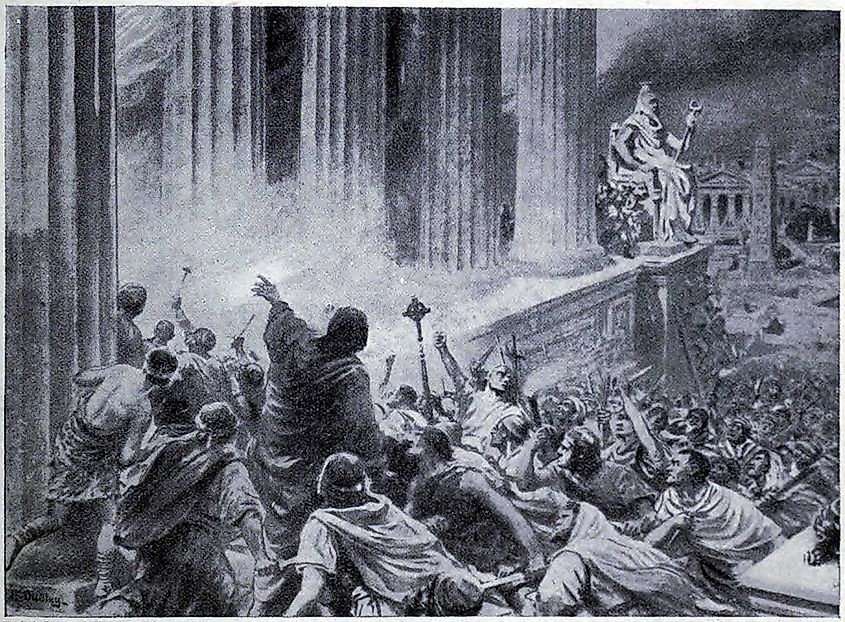
The Library of Alexandria is the most well-known in the ancient world. The city of Alexandria still exists today in Egypt, even though the library is long gone. Constructed in 295 BCE, the vast library included lecture halls, observatories, living quarters, and a zoo, in addition to the thousands of scrolls. Home to works from Homer, Plato, and Socrates, and utilized by Archimedes and Euclid for their studies, it was a universal library.
The exact date of its demise is unclear, but the library was significantly damaged by a fire in 48 BCE, however, the library may have survived in some form for many years afterward.
The Library of Pergamum, Turkey
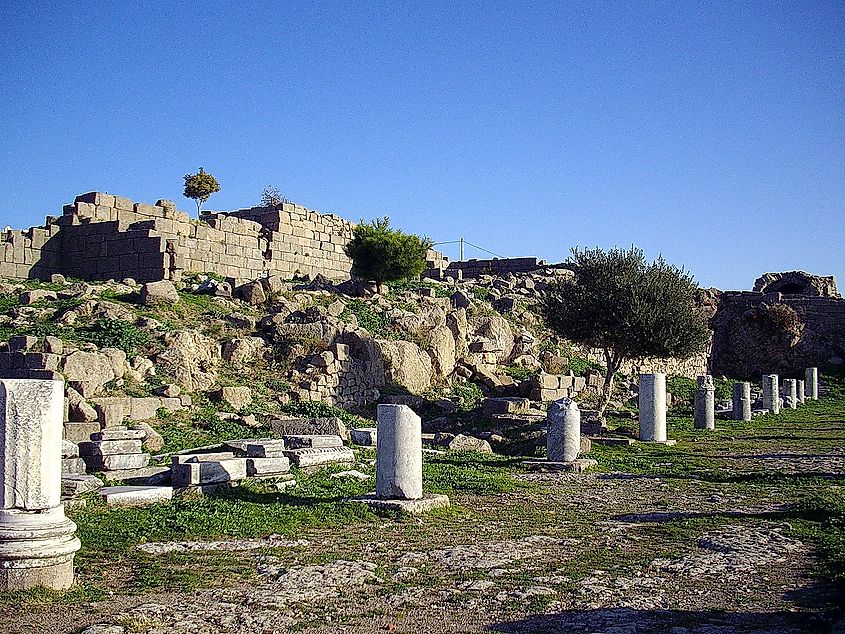
The Library of Pergamum may not be as well-known today, but it was once the rival library of the Great Library of Alexandria. Constructed in the third century BCE, it amassed some 200,000 scrolls, but the exact date of its destruction is unknown. The great city of Pergamum is now the modern city of Bergama, Turkey. Parchment, invented in Pergamum, took its name from the city itself.
The Imperial Library of Constantinople, Turkey
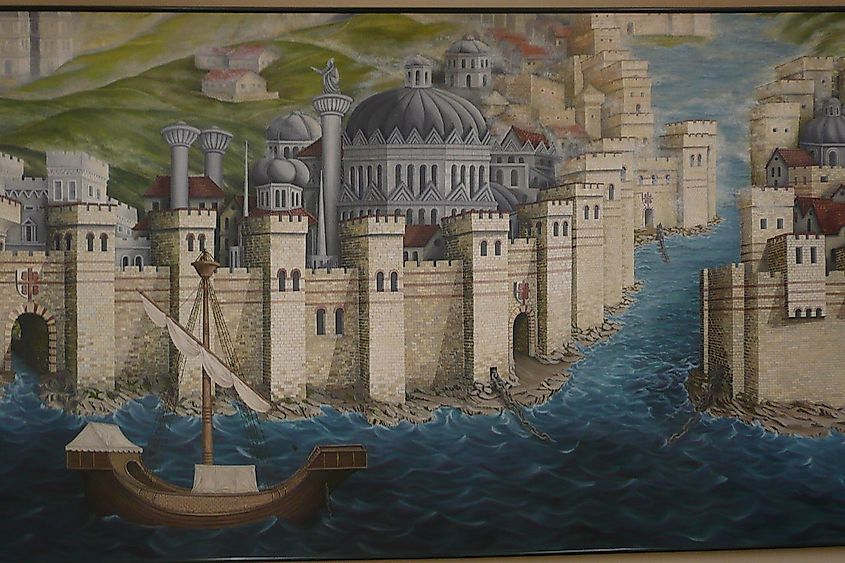
The ancient city of Constantinople is now known as Istanbul in Turkey, but it was once the largest city in the Roman Empire. The Imperial Library of Constantinople, built sometime in the fourth century CE, was severely damaged in 1204 during the sack of Constantinople after several fires.
At its peak, the collection was as large as 120,000 scrolls and codices. Its scholars copied large portions of ancient Greek and Roman literature. Preserving these precious texts was the main reason the library was originally constructed.
The Library of Ashurbanipal, Iraq
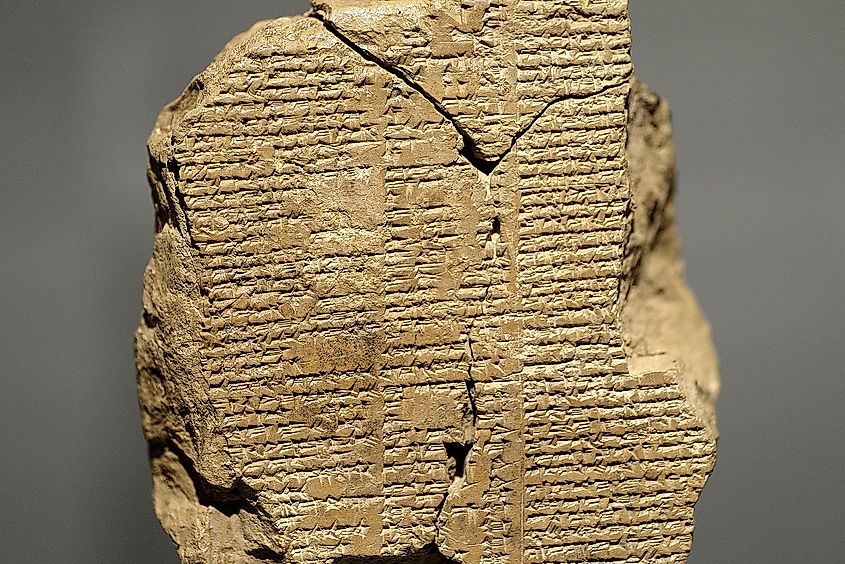
The Library of Ashurbanipal, built in the 7th century BCE, is the oldest library of the ancient world. Located in Ninevah, Assyria, which is now present-day Iraq, this library had a significant impact on the development of language.
Before even parchment, cuneiform—one of the oldest forms of writing—was how scholars transcribed their works. The Epic of Gilgamesh is a famous odyssey written in Akkadian, an ancient Mesopotamian language. The 4,000-year-old cuneiform tablet is still on display at The British Museum in London.
Nalanda Mahavihara, India
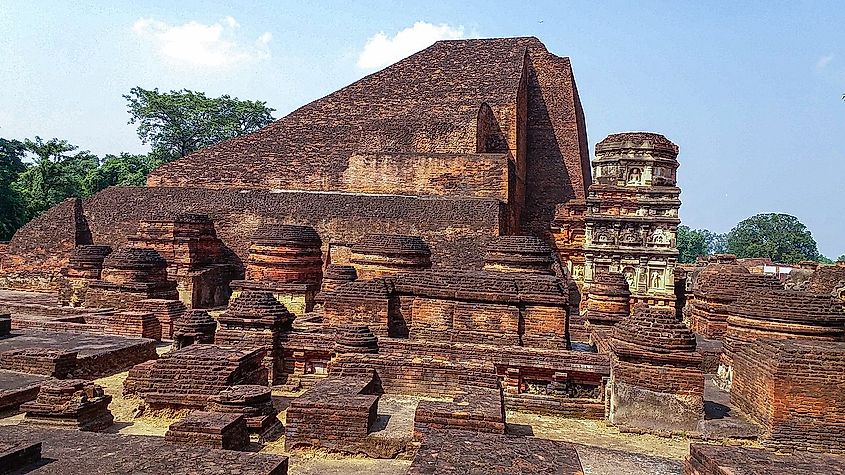
Operating for almost 800 years, Nalanda Mahavihara is the oldest library and university in India. Constructed in the 3rd century BCE, and coming to its end in the 13th century CE, its historic remains are still in the northern state of Bihar.
The remaining architecture is stunning, but nothing compared to the size and scope of what it used to be. In addition to being a center of knowledge, it was also a religious center, paving the way for Buddhism. Shrines, temples, and monasteries were some of the structures on the vast property.
The Library of Celsus, Turkey
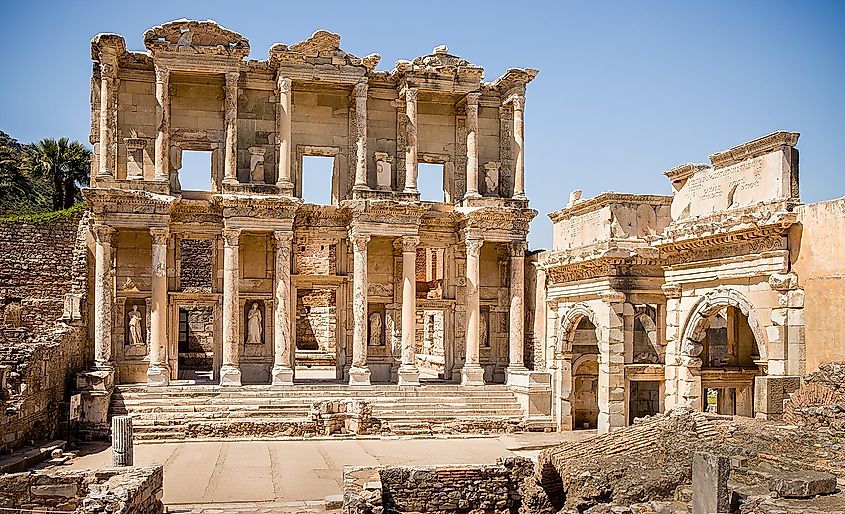
Built in 110 CE in Ephesus, and remarkably still standing today, the Celsus Library is a masterpiece and a tomb for Celsus himself. Although it’s one of the smaller libraries on this list, holding just over 12,000 scrolls, the collection holds some of the best works, made as a memorial to Celsus’s father. The intricate Roman architecture is truly something to admire, from the spire-high columns to the unique sculptures which are on display in the Museum of Istanbul.
The Libraries Of Trajan’s Forum, Italy
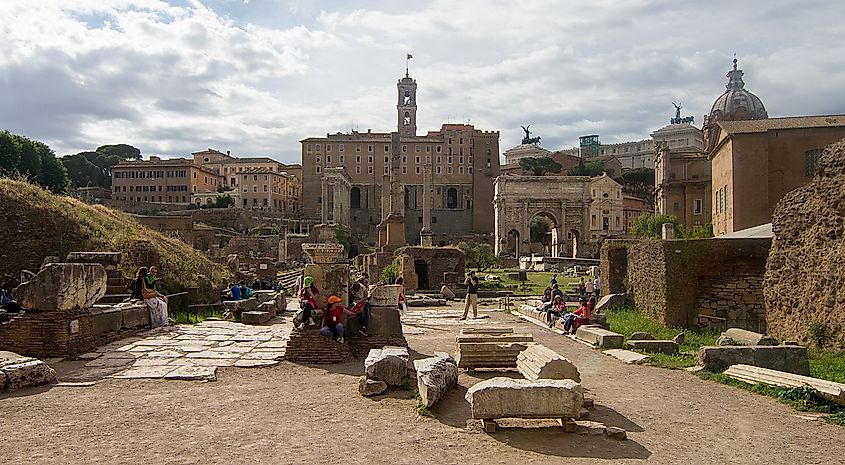
Home to approximately 20,000 scrolls, Trajan’s Forum was more than just a library. The large complex in Rome that flourished for over 300 years, also included markets and religious temples. Divided by a massive monument, there were actually two libraries to hold both the Latin and Greek works. It is unknown how or when the libraries came to their end.
The House Of Wisdom, Iraq
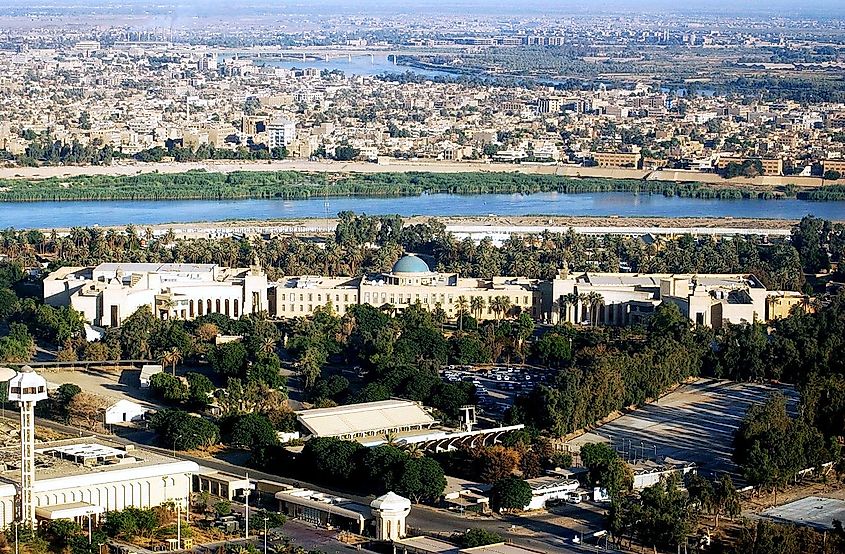
Established in the 9th century, The House of Wisdom was an epicenter of learning. The library contained manuscripts in Indian, Persian, and Greek on a variety of subjects. Like many on this list, it met a gruesome end, but not by flame. In 1258, the Mongols sacked Baghdad and threw the collection of books into the Tigris River.
University Of Taxila, Pakistan
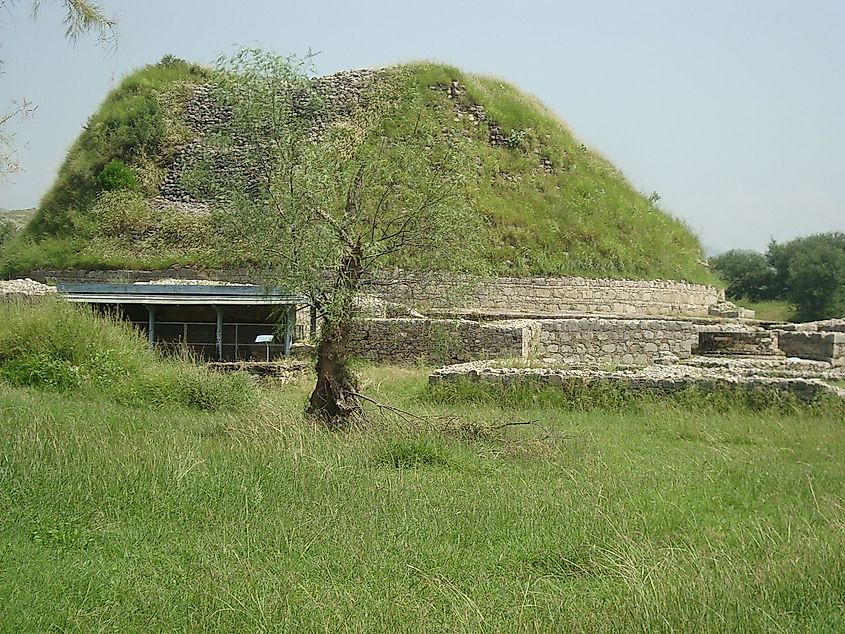
The University of Taxila, located in modern-day Pakistan, is one of the first recorded universities. Established between the 2nd and 5th centuries, it was a reputable and influential institution in its time. Bhir Mound is now a protected archeological site.
The Epicenters Of Knowledge
The libraries of the ancient world were truly epicenters of knowledge and stunning works of art on their own. Libraries and universities continue today as a result of the building blocks laid out for them. The legacies they have left, from relics to written works will continue to live on.


 Users Today : 581
Users Today : 581 Total views : 462450
Total views : 462450